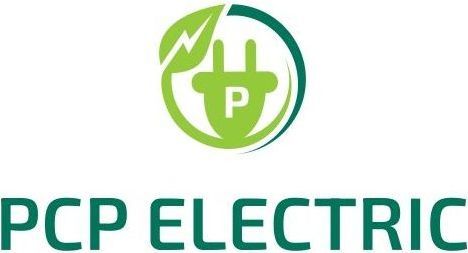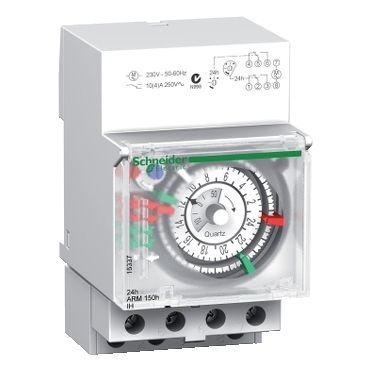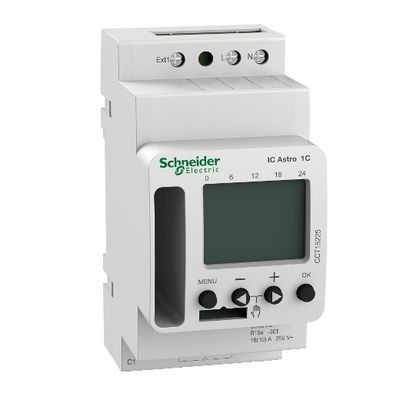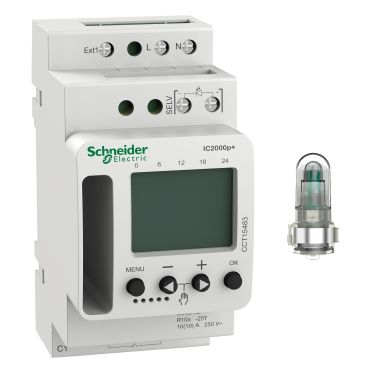Control Components
Time switches and twilight switches are devices used to control the operation of electrical circuits based on time or light conditions. Here's a breakdown of each type:
Digital Time Switch
Description:
- A digital time switch uses electronic components to manage the timing of an electrical circuit.
- It typically features an LCD or LED display, buttons for programming, and sometimes additional features like battery backup or Wi-Fi connectivity for remote control.
Advantages:
- Precision: Highly accurate time control.
- Flexibility: Multiple programs, daily/weekly schedules, and various on/off cycles.
- Features: May include advanced functions like countdown timers, holiday modes, and random on/off settings to simulate presence.
Common Uses:
- Lighting control (indoor and outdoor).
- Heating systems.
- Appliances and machinery that need to operate on a schedule.
Mechanical Time Switch
Description:
- A mechanical time switch operates using a physical clock mechanism with gears and cams to turn circuits on and off at set times.
- Typically has a dial or set of pins that users manually adjust to set the on/off times.
Advantages:
- Simplicity: Easy to understand and use without requiring programming knowledge.
- Durability: Generally robust and reliable with fewer electronic components that can fail.
- No Power Dependency: Does not require a power supply to maintain its schedule, though it may use a small amount of power to drive the clock mechanism.
Common Uses:
- Garden lighting.
- Water heaters.
- Simple industrial processes.
Twilight Switch
Description:
- A twilight switch, also known as a photoelectric switch or dusk-to-dawn sensor, controls electrical circuits based on the ambient light level.
- It turns on connected circuits when the light level drops below a certain threshold (e.g., at dusk) and off when it rises above a certain threshold (e.g., at dawn).
Advantages:
- Energy Savings: Ensures lights are only on when needed, reducing energy consumption.
- Automation: Eliminates the need for manual intervention to turn lights on/off.
- Security: Lights turn on automatically at night, providing better security.
Common Uses:
- Street lighting.
- Outdoor security lighting.
- Garden and landscape lighting.
Comparison
- Control Method: Digital and mechanical time switches control circuits based on pre-set times, while twilight switches control based on light levels.
- Complexity: Digital time switches are more complex but offer more features. Mechanical switches are simpler and more straightforward. Twilight switches focus on ambient light detection for control.
- Energy Efficiency: Twilight switches can be more energy-efficient for lighting applications, as they ensure lights are only on when needed based on natural light conditions.
Summary
Choosing between a digital time switch, mechanical time switch, or twilight switch depends on the specific application, the desired level of control and automation, and considerations such as energy efficiency and ease of use.




